All about
Human Resource Management System (HRMS)
A Complete Guide for HRMS Software

A Complete Guide for HRMS Software

 25 Min Read
25 Min Read
 Share
Share
An HRMS is ‘Human Resource Management System’, a cloud-based array of softwares to automate your organization’s HR functions end to end and eliminate repetitive tasks, easing the administrative burden of your HR department thereby.
The technological advancement in the HRMS today has offered immense flexibility to the organization of all sizes to streamline HR processes more effectively, manage employees and their data swiftly, saving time and costs for the strategic planning and growth.
With the right HRMS solution at your disposal, the HR team can be liberated from hours of manual work, spreadsheet management, documentation troubles; allowing them to concentrate more on the true assets of your company- your people.


On the organizational front, your data, policies, workflows and processes all are standardized and work in tandem leaving no room for ambiguity and helping you deliver the best experience possible to your people.
The past decade has marked a massive disruption with the introduction of AI, Machine Learning and the world of work has changed drastically. Automations are no longer the luxury but the necessity for the organizations to truly adapt to the dynamic economies.
An HRMS system paves the way for the organizations of the 21st century to conduct their HR functions in a faster, secure and structured manner unlike the traditional HRIS that were just limited to managing employee
Discover in this Human Resource Guide, the Top 5 reasons why your company should go for automation with HRMS:


If we go back in time, offices used to have a dedicated room for piles of files carrying sensitive data about employees. Then came the era of machines, where every information was stored in formats in the spreadsheets, requiring good bandwidth servers. Manually upkeep and maintenance of this data in the spreadsheets consumed a significant amount of time and accuracy was still questionable.
An HRMS with a strong core on the other hand captures, syncs and integrates the employee data across the entire lifecycle and makes it available in a second in any required format. The software uses 2 way encryption for additional data security and restricts access of data to unwanted people.
Does disparity in policies, timeline jumps give you constant headaches as the HR head?
A well designed HRMS allows you to quickly configure multiple policies with pre-existing formats and templates to kick start the operations. Set up the workflow engine to trigger tasks to the right people in the order of their


The non existence of the HRMS softwares in the earlier times saw dependency of employees on the HRs for basic queries like salary slips, tax breakups, submission of attendance sheets via emails etc resulting in unanswered questions and lack of employee satisfaction. HRMS caters to its key stakeholders- the employees with an easy to use Employee Self Service where employees can punch in their attendance, raise leave requests, lodge a query in the helpdesk and perform many other crucial day to day functions.
When was the last time you used your desktop to skim through the social media feeds or shop for your favorite product online? As of date, there are over a billion subscribers of mobile in Indian landscape, inspiring disruptions in the B2B enterprise solutions to go mobile first. An evolved mobile first HRMS comes handy with not just Employee Self Service but a fully functional Manager Self Service and HR Self Service to enable ease of access for every stakeholder!

Discover the first ever HRMS Mobile app that comes with ESS + MSS + HSS, explore how it empowers you to be 10X efficient!


Gone are the days when an employee would just be satisfied with a good paycheck, ample learning experience and happy boss. The workforce with the boom of the internet have become more conscious and go beyond paychecks to goal alignment, autonomy, appreciation, wellness, sense of security et al. It’s imperative for the companies to remodel their traditional HR practices, and choose the HRMS that can help them with a full circle experience management with continuous listening, positive communication and effective Reward and Recognition system to retain the talent and build happier workplaces.
How do you ascertain your workforce performance and that your people are performing to the best of their capabilities? Modern HRMS knits every action taken on the software into a data point and collectively represents these data points as insights via a combination of dashboards. As a Ceo, you can now take a quick sneak peek into workforce attrition rate, average workforce costs, your net liabilities, top performers of the organization department wise and much more elusive decision worthy analytics!

An effective Human Resource Management System not just backs your HR department to execute the core functions effectively within due timelines but also sets the foundation for a culture of engagement and productivity for the employees.
Find out in this Human Resource Management Guide, what are the key components of an HRMS that makes it a complete solution:



Manpower planning involves analysing the current resource requirements of the organization, making future forecasts based on the previous manpower requirement trends, department wise workload, no. of employees required for the existing work responsibilities; all done in alignment with your existing business or services expansion plan.
One of the major challenges for the HRs is to hire qualified workers for the vacant positions for different departments in the organization, it’s a chaotic and labour intensive process when done manually. An HR has to prepare apt job descriptions, post it on relevant job portals, screen resumes and conduct telephonic and face to face interviews. The Recruitment Management Software in the HRM system automates this entire hiring process end to end, making it 10x more efficient.
68% of recruiting professionals say that the best way to improve recruiting performance over the next 5 years is by investing in new recruiting technology.Source: LinkedIn


The moment you hire an employee and he/she accepts the offer letter, the preboarding phase begins where futuristic organizations like Twitter actively prepare for the infrastructure and welcoming of the employee and remain in constant touch with the employee till the D day. Onboarding begins when the new hire reports to work on the first day and a predefined checklist of activities are carried out to make the employee acquainted with the office environment and work.
Make your onboarding process more efficient with this ready-to-use checklist:
When an employee begins his term with the company, he isn’t instantly given a permanent position and goes through a probationary period of 3 months to 6 months. During this period, the manager closely observes performance, behaviour and cultural fitment of the employee on a day to day basis. If the employee meets the expectations of the organization, a confirmation letter is rolled out to the employee making his position permanent.


While setting up your HR functions, the legal compliance with the local and industry laws is to be kept in mind at every stage. Simultaneously for clear communication and legal transparency, an HR creates and shares various work norms related policies that act as a handbook for the employees. Your employee refers to these policies during the entire lifecycle and keeps in check his/her behaviour to not breach any rule. HRM systems today have integrated policy engines to help you define and distribute these policies with ease, without having to consult any external legal parties.
Establishing your HR functions for the first time? Download our ready policy templates to get the job done faster
Employee record management is the most crucial function performed by the HR department, if the records are misleading/incomplete or inaccurate, the organization may suffer financial loss as well as legal penalties.
It is imperative for the HR to gather and update the following details of each and every employee working in the organization
Personal details: Name, Age, Gender, Birth Year, Blood Group, Mobile Number, Email id
Family details: Parents and sibling(s) information
Professional Synopsis and Educational Qualification: Past employment experience, Degrees obtained with scores and year of passing, Current department, grade, salary structure
Statutory information: PF account number, Pan Card details, Identity proofs, ESI umber etc.
The HRM system centralizes the above data and makes it easily accessible irrespective of day, place and time.
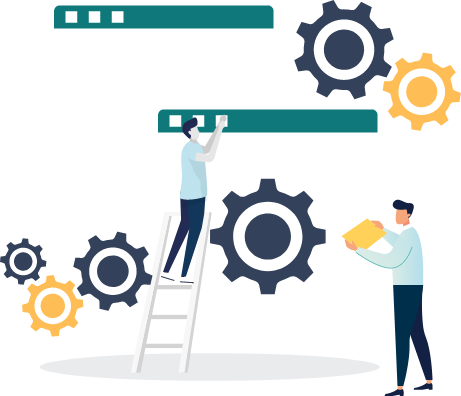

An HRMS equips your company with efficient timesheet management wherein the duration an employee spends at work is logged in and tasks performed in that time is recorded. Every company has a different time tracking system, some utilize the biometric system, while others capture it via geo-tagging with the HRMS mobile apps.
Apart from timesheet management, the HRM system consists of a Leave Management System that automates the leave application requests of employees, let’s you formulate your own leave policies and customize leave types as per the business needs and industry regulations.
Planning to automate your leave and attendance process?
Switch to HROne HCM suite that employs a modern attendance tracking system and comes integrated with the Payroll module.
FREE DEMOPayroll processing accounts as the most trickiest yet crucial function for your HR department. Preparing monthly paid inputs from timesheet, calculating salaries basis different grades and ctc structures, making necessary tax deductions and rerunning this entire process if any error is reported or miscalculations happen – isn’t it quite cumbersome and complicated?
The Payroll Software module in the HRM system automates the entire salary computation cycle and adjusts tax deductions without any human interventions.
To remain adherent to the state and local statutory compliance laws, all you need to do is choose a trustworthy and right payroll software provider (learn: how?) and it will take care of the tax computations in accordance with the applicable regulations and keep you penalty-free.


Expense Management involves curating expense policies with specified limits for monthly expenditure as per the requirements of different departments and setting reimbursement cycles to repay your employees.
It’s extremely strenuous for your HRs to manually record and upkeep expense information of each and every employee on spreadsheets. The Expense Management Software in the HRM system allows you to digitize the employee expense record and automate disbursements, while verifying the actual bills and proofs of expenditure incurred, saving huge costs by eliminating fraudulent expense logging.
Employee grievance handling is one of the most vital functions of the employee engagement process. Your employee may express dissatisfaction/ discontentment related to work environment/ behaviour/ culture/ infrastructure or policy, resolving these issues timely and in a formal manner elevates employee satisfaction and trust in your organization.
The HRMS comes packaged with a Helpdesk or grievance management software where in HRs can create multiple categories for different types of grievances and workflows as well as Turnaround time for optimum resolution.

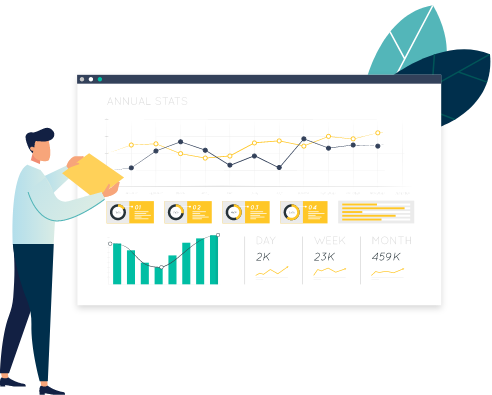
Once the core functions are streamlined, your HR would move to the reporting part, where he/she will conduct an in-depth analysis of workforce performance and cost to the company and prepare bi-weekly, weekly/fortnightly or monthly reports to be presented to the management.
Manual preparation of these reports in various formats is painstaking. Advanced HRMS crunch every transactional data into insights, provide these insights in desired formats as ready MIS reports which can be scheduled and sent automatically to the designated stakeholders.
A recent report from Deloitte found that 71% of companies view people analytics as a high priority at their organization.
Employee Self Service is a platform to provide some control of the HR processes directly to your employees and managers so their dependency for basic HR concerns are reduced. An Employee Self Service allows your workforce to update timesheets, mark attendance, request for time off and update profile information directly.

Do you know HROne HCM Mobile App ESS & MSS enables your employees & managers to perform more than 50 tasks without logging into the web platform?


Skilling and upskilling employees is an integral part of growth programs carried out by HRs in almost every organization. HRM Systems allow Managers and HRs to identify the training needs of your employees department wise, curate specific courses and modules for self paced learning or guided training with Training and Development module. You would be surprised to learn, globally, employees find learning opportunities as one of the major motivating factors to stay in the company
24% higher profit margins can be the result of companies who invest in training according to the Huffington Post.
Performance evaluation is a process to give your employees constructive feedback and monetary hike or salary raise if they excel and achieve their goals and reflect highly on the KPIs.
When an employee is hired, he or she is assigned ‘KRAs’ or Key responsibilities and for each responsibility there is a measurable performance score also called as KPI or Key Performance Indicator.
If your employee is unable to perform, a detailed Performance Improvement Action Plan is drafted and the employee is directed to perform in a certain duration or is terminated.

Now that you are conversant with the core benefits of an HRMS software, the next step in the ladder towards implementing the new HR technology is to first truly understand your requirements, figuring the major challenges in your current processes and then making a decision as to which solution in the market is best suited.
Read on in this HRMS user guide, the top 7 parameters that you should consider in the entire process of selection before making the final decision:
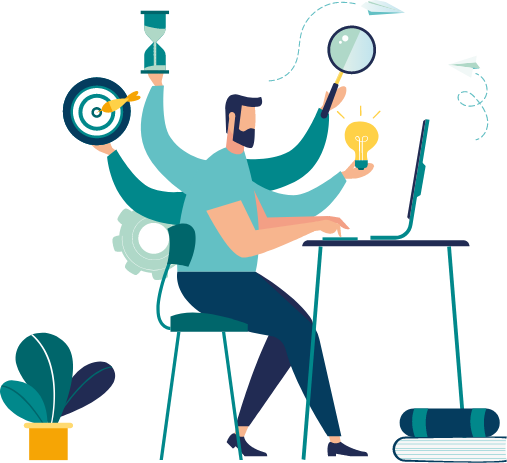

While making the selection for an HRMS solution; probe into the basics – does the solution cover all compliance requirements and follow Industry specific norms for Policy settings? If you are already using any HRMS or point solution like a Payroll software, make sure your new software enables an easy import of your existing system’s data. On the strategic front, take a note of your current HR processes; analyze the shortcomings and note down where all do you actually require automation.
One of the most common mistakes that we wish to highlight in this Guide for selecting HRMS is – speculating and comparing different vendors without a clear understanding of your requirements may actually turn your entire HR tech implementation exercise futile. Lay down a clear strategy as to what you desire from the HRMS solution in terms of outcome, which functions do you wish to automate in phase 1 and how soon do you want to automate these processes for a smooth transition.
Every HRMS has basic features that you will find common across all modules, create a list of specific module or function wise challenges that you wish to address and see if the HRMS you are shortlisting meets your requirements and solve these challenges with its given features.
Pay only for the modules that you wish to automate today and opt for the cloud based HRMS solutions instead of on-premise softwares. Learn why?

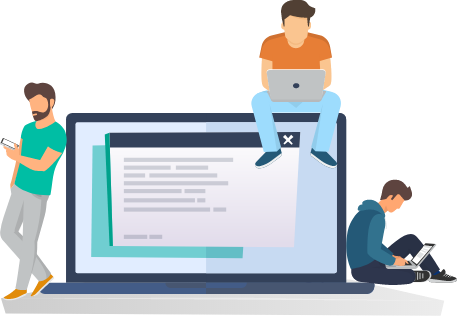
It’s quite crucial to weigh the pros and cons of an HRM system in terms of the User experience and learning curve required to implement it successfully in your organization. Assess the system from the perspective of your end users – the HRs, as well as employees, take feedback from them on the user interface, if they are finding it difficult to navigate through the screens. The system’s success is directly linked to how easily it’s been adapted by the end users without additional costs spent on training.
At the same time, HRMS today comes packed with Employee Self Service, allowing employees to view their profiles, salary slips, attendance records, HR handbook with various policies et al on the go. The modern system like HROne HCM even allows employees to place more than 25+ requests with its ESS Mobile App on the go! Be aware that you only opt for an HR Management System that elevates your employees’ experience with a high end ESS.
Most HRMS promise automation of your HR tasks but in reality these are merely digitizing these HR functions for you. You still have to manually trigger tasks on their due date, follow up with inter-intra department colleagues and give them reminders to go to their HRMS systems, login and complete the tasks assigned to them.
Choose an intelligent HCM like HROne that enables you to perform all the tasks in real time within their due timelines from a gmail like interface called ‘Inbox for HR’! The system automatically triggers tasks to all the designated people as per the defined workflow, sending them pending tasks reminders in their emails for timely completion of all transactions.
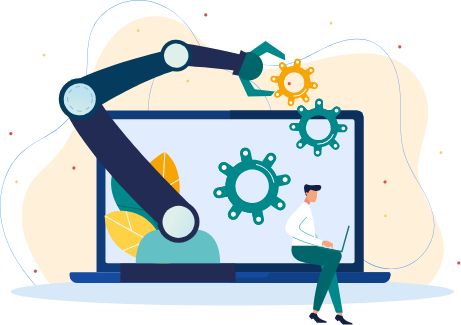
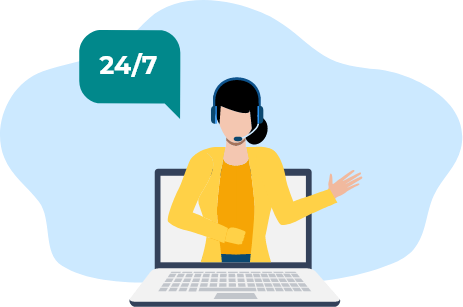
The SaaS solutions today have dedicated support teams and extend round the clock support to the customers. Before you choose and zero down on an HRM System, enquire the vendor about their support services and protocols and minimum turnaround time on support tickets. Set up the ground rules for any downtime and the backup plan that you can utilize in case the system crashes in unfortunate circumstances.
Any system that you implement should be able to mould as per your current policies and processes. Enquire at the core level, how much flexibility the HRMS Solution offers in terms of drafting multiple policies, mapping workflows and allowing access rights.
The System should also be API enabled to allow integrations with your existing point solutions for a seamless flow of data and operations.

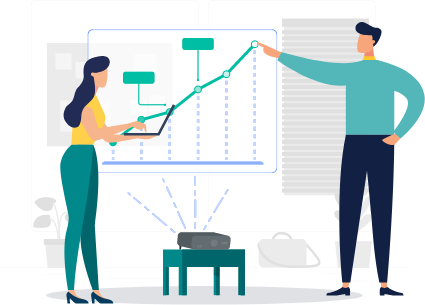
Last but not least, this is one of the most critical aspect companies ignore while implementing the new HR technology. When you are enquiring for an HRMS solution, evaluate the strengths of the solution whether it will scale or support as your organization expands and evolves in future? Can it accommodate 500 more employee count? Is it enterprise ready with a strong core that can integrate your other business entities, allow ‘n’ no. of policies mapped with unlimited workflows?